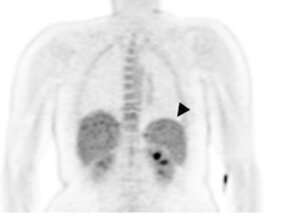
The malaria parasite Plasmodium vivax may accumulate in the spleen soon after infection to a greater extent than its better-known relative P. falciparum, according to new research published by John Woodford of the University of Queensland, Brisbane, Australia and colleagues in the open access journal PLOS Medicine.
Managing and treating P. vivax and P. falciparum infections calls for investigation of their different pathways of infection, and our limited understanding of disease pathology has generally relied on indirect and imprecise approaches. Woodford and colleagues studied 7 healthy participants who were infected under controlled conditions with either P. vivax or P. falciparum. They underwent a Positron Emission Tomography (PET) scan and Magnetic Resonance Imaging (MRI) 7 days before infection and again 7 to 11 days afterwards, before receiving antimalarial treatment.
The team investigated participants’ spleen, liver and bone marrow for changes in form or structure as well as glucose metabolism, which would suggest accumulation of the parasite in individual organs. In the spleen, glucose metabolism increased following infection, and this was more pronounced in participants infected with P. vivax. Neither the liver nor bone marrow were affected at this early stage of infection. Despite the small size of the study, the research shows that imaging in this way can help in understanding how malarial parasites accumulate in specific organs as well as modifying previous thinking about the behavior of P. vivax at the “blood stage” of infection.
Source: Read Full Article
